The content of the article
Spider mites attack fruit trees, bushes, indoor flowers and garden crops. Small insects penetrate greenhouses and greenhouses, completely destroying the crop. Noticing yellowish or brownish pests that hide in crevices of doorways and windows is not easy. To destroy a spider mite resistant to chemicals and most folk remedies is even more difficult, but possible if you make the maximum effort.
Trash
Females who entered the greenhouse buried in the ground or the remains of the tops that summer residents forgot or did not want to endure. Spider mites hibernate until early spring, and then leave the mountains of garbage and attack the young shoots of tomatoes and cucumbers. It is not for nothing that the experienced owners of greenhouses insistently recommend taking out all unnecessary from the premises: cut branches and leaves, leftover vegetables and old land. This reduces the likelihood that a spider mite will settle in the greenhouse.
The main symptom of infection is small dots on the leaves, around which whitish, yellow or brown spots form. A plant attacked by insects loses juice and energy, photosynthesis slows down. Ordinary water will help get rid of insects and return the beds to life. The tick multiplies in a dry and warm climate; therefore, the humidity level in the greenhouse is increased to 80–85%.
Abundantly watered the earth around the bushes, sprayed leaves from the spray gun. Install automatic irrigation systems around the perimeter of the greenhouse.
Ticks that failed to capture cucumbers and tomatoes can temporarily settle on weeds. Pests are omnivorous, so they will not die of hunger. The beds carefully inspect, tear out excess grass and cut leaflets covered with stains and bite marks. Garbage is taken out of the greenhouse and burned. Destroy the weak bushes, which appeared on the web. So, the plant was captured by pests, and it is almost impossible to save it.
Total disinfection
Ticks hide from moisture and chemicals in window frames and doorways. The greenhouse in which insects are wound is disinfected. Lockers, racks, tools and pots are taken out and soaked in a dark purple solution of potassium permanganate for 1-1.5 hours.
The frame is wiped with a soft sponge dipped in a solution of household or green potash soap. The remnants of the product are cleaned with a clean damp cloth. If the spider mite practically destroyed the crop, and the owner of the greenhouse has nothing to lose, it is recommended to treat the case with chlorine or copper sulfate. Means kill infections and insects, but can leave burns on the leaves.
A solution from a spider mite is prepared from 400 g of bleach, which is infused in 10 l of water. The components are mixed in a plastic bucket and left for 5 hours. Drain the top layer of the solution. The resulting preform is diluted with pure water. A sponge is moistened in the product and applied to the wooden or metal parts of the greenhouse.
Disinfection of the greenhouse is carried out with copper sulfate. 150 g of a chemical preparation is dissolved in a bucket of water. Pour the product into a plastic bottle with a spray bottle and spray the body with the walls.
A greenhouse treated with a disinfectant is closed for a day, and then thoroughly ventilated. Plants after the procedure are abundantly watered to wash off the leaves of chlorine or copper sulphate from the leaves.
Bushes that wilt after disinfection are not thrown away. The bed will come to life in 2-3 weeks. You only need to regularly water the earth and make phosphate fertilizers.
Folk methods
Warm cultures on which the ovary has formed cannot be treated with chemicals, otherwise the ripe fruits will have to be thrown away. Insecticides are replaced with natural recipes designed to destroy the spider mite.
Dichlorvos and turpentine
Infected bushes are sprayed with medical alcohol. A bottle of ethyl component is diluted with the same amount of distilled water. The workpiece is poured into a container with a spray, applied to the leaves and stems of plants.
If greenhouse crops do not tolerate alcohol, you can try turpentine. The product is poured into glasses or glass jars. Other gardeners impregnate old rags with turpentine and hang them on wooden sticks next to the bushes.
Containers with the substance are placed near cucumbers or tomatoes infected with a spider mite, and covered with plastic bags or garbage bags. The cellophane cover is tied so that the vapors do not evaporate, and left for 4 hours.
The method destroys adults, but insect eggs remain. The treatment is repeated after 7-10 days. The smell of turpentine disappears quickly, in just 3-4 days.
If the ovary is just beginning to form, the spider mite is destroyed by Dichlorvos. Put garbage bags on the bushes and spray the drug inside. The packages are tied, removed after 3 hours. After processing, the residues of Dichlorvos are washed off with plain water.
Spider mite plants
Insects are destroyed by concentrated herbal decoctions. Natural preparations are safe, but they eliminate the spider mite for 1-2 weeks, so disinfection with infusions is carried out every 8-10 days.
Garden crops are sprayed with a decoction of cyclamen. In a saucepan, mix 5 liters of water and 0.5 kg of crushed roots. Boil until the plant becomes soft. Separate the liquid from the cake using gauze. Spray the stems and leaves, you can water the earth around the roots.
Colonies of spider mites will destroy the dandelion. Collect 500 g of fresh roots, wash, grind in a blender. Pour the mass with a bucket of cold water. After 4 hours, drain the finished infusion and process the beds.
Calendula is an alternative to dandelion. Finely chop 5 kg of fresh grass, combine with a bucket of plain water. Insist the tick remedy for 5 days, hiding the container with the product in a dark place. Adults die after the first treatment, and the second and third are needed to consolidate the result.
Dried yarrow will destroy the insects. The plant is collected independently or bought at a pharmacy. A bucket of water is heated on the stove, 800 g of grass is added to it. The capacity is removed, covered and insisted for 3 days. The finished product is filtered and poured into a spray bottle. Put infusion on leaves, stems and roots. Water the earth around the bushes.
Field horsetail kills spider mites and protects weakened greenhouse crops from fungal diseases. The infusion is prepared from 1 kg of fresh raw materials. The leaves are finely chopped, poured with a bucket of warm water. The tool is prepared for a day, and then damaged and healthy bushes are sprayed with infusion.
An insect can scare away the infusion of basil or hogweed, as well as freshly squeezed juice from a tenacious creep. Part of the preform is diluted with three parts of distilled water.
One of the most effective decoctions is made from bleached. But the plant is poisonous, so raw materials can not be taken with bare hands, only in rubber gloves. There are two ways to cook:
- Pour a bucket of water 1 kg of shredded bleached. After 24 hours, strain and generously spray the beds.
- Chop 2 kg of the plant, pour a small amount of water. Boil over low heat, separate the liquid with gauze. Dilute the workpiece with 10 liters of water.
The effectiveness of the product will increase the laundry soap. A bucket of solution is mixed with 20-30 g of the grated component.
Garlic and onion
A spider mite is scared away by vegetables with a pungent odor. For example, grated horseradish root. The product is washed, passed through a meat grinder and insisted in a bucket of cold water for a day.
Insects cannot tolerate the scent of garlic. The scaring solution is prepared from 7 cleaned heads. Grind the spice, pour it into a bucket of water and mix thoroughly. The solution can be used after 5 minutes. A brush is dipped into the water and the product is sprayed throughout the greenhouse.
A spider mite is scared away by onion husks. Soak 500 g of the product in 10 l of boiling water and insist 20-24 hours. The solution is applied to the plants and watered with the product.
Synthetic drugs
Folk remedies work at the initial stage of tick infection. If pests decorated the bushes with cobwebs, you can not do without chemicals. Greenhouse owners will have to choose: either throw away a batch of crops, or let insects destroy all the plants.
Biological products are recommended:
- Fitoverm;
- Actofit;
- Tick-borne;
- Agravertine;
- Acarin;
- Vertimek.
Actellik and Bi-58 are the most powerful and aggressive drugs. Means are used if other formulations are powerless.
The beds before treatment are abundantly watered to protect against burns and severe stress. Then a solution is prepared from the selected preparation and 50 g of green potassium soap is added to it. It will increase the effectiveness of the tool.
A synthetic preparation is applied to the bushes and the ground around them, but they try to prevent the insecticide from entering the root system. Concentrated solutions can cause plant death.
After the first treatment, adult insects die, but eggs remain. Disinfection is repeated after 1.5 weeks, but another means is used. The spider mite quickly adapts to insecticides. Insects completely disappear after 3-4 procedures.
Greenhouse crops can be treated twice with insecticides, and then apply folk remedies. Ripe fruits that have been exposed to chemicals are thrown away. Such vegetables and berries cannot be sold or eaten.
In the fall, after harvesting, the land in the greenhouse is changed and dug up. The room is disinfected with sulfur blocks, which destroy infections, spores of the fungus and insects.
It is difficult to destroy spider mites. They get used to synthetic and natural preparations and multiply rapidly. It is much easier to prevent the occurrence of insects: to remove garbage and weeds, to disinfect window frames and doorways, to fumigate the greenhouse with sulfur checkers. If you follow all the recommendations and take care of the plants, the spider mite will not have a single chance.
Video: how to deal with a spider mite

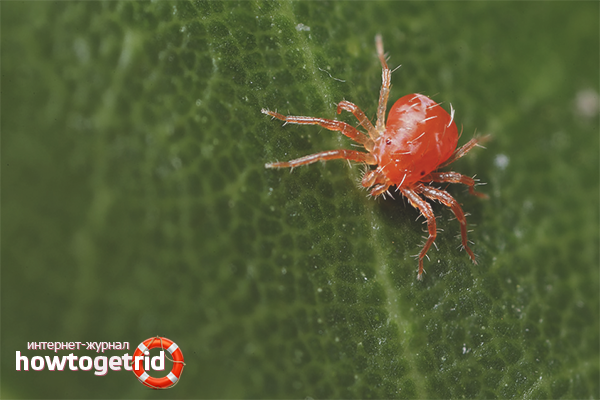

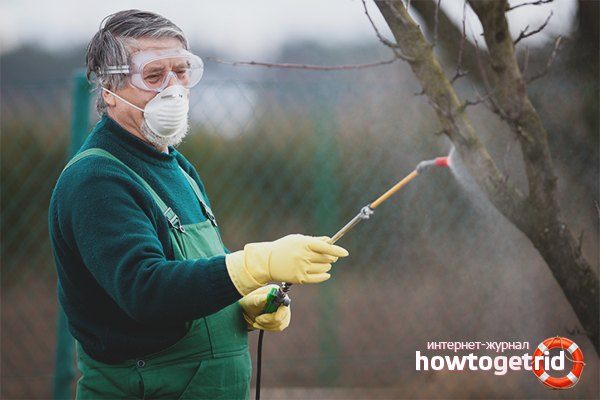

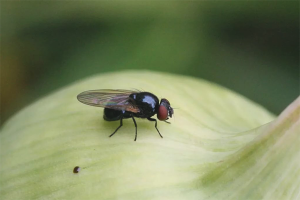
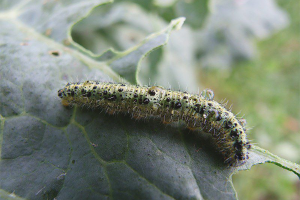
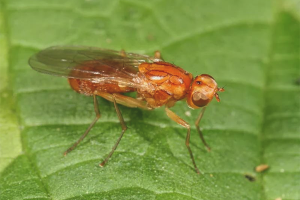
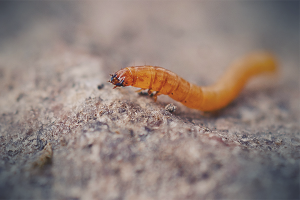

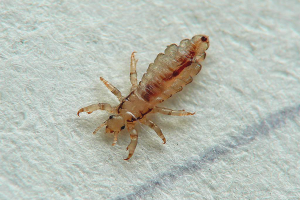
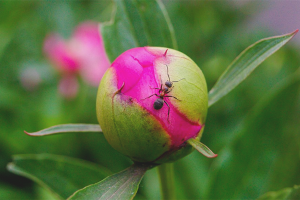
Submit